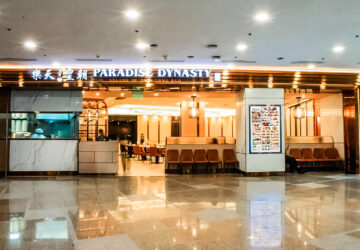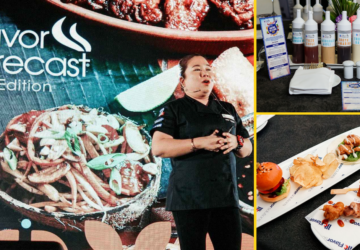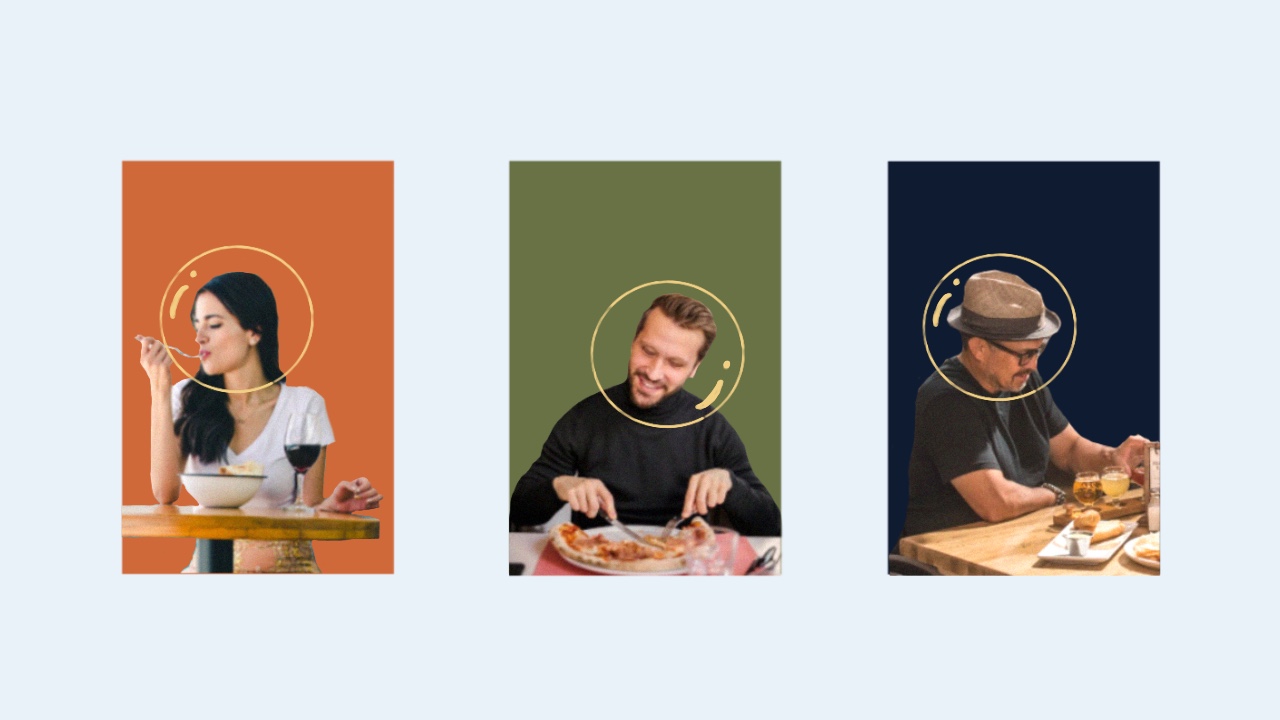When I asked some Filipinos what could make them feel safe as diners, most didn’t hesitate to answer that nothing can give them assurance right now. We’re already 73 days into quarantine and we’re still dealing with uncertainty and apprehension. It seems the longer we stay in quarantine, the harder it is to assure Filipino diners that it’s safe to eat outside again.
With the economy declining (Philippine gross domestic product contracted for the first time since the Asian financial crisis in 1997 by 0.2 percent), and the restaurant industry struggling more by the day, forcing many to rethink business models and create crisis-adaptive strategies, what will make Filipino diners feel safe once dine-in services are allowed to reopen?
Vaccines
First and foremost, a vaccine will generally ease worries when we go outside. Although there is still no vaccine available, the world is highly depending on it as it can dictate how global economies can recover. Similarly, mass testing is just as important to flatten the COVID-19 curve.
“[Feeling safe], that’s tough because that assurance of safety—and I mean just enjoying the experience without having to worry about touching your face—ultimately will not come from restaurateurs but from scientists and doctors. I can’t afford to get sick because I have people who depend on me for various reasons. So right now, without an actual cure or vaccine, I cannot sit in a restaurant and feel safe and enjoy,” says freelance writer and editor Jaclyn Clemente-Koppe.
Queuing system
The future of dining seems to be one hinged on reservations, time slots, and line-free restaurants. Post-pandemic dining is shaping to become a planned event, perhaps even eliminating impulse eating. It’s hard to maintain social distancing when lines are long, especially in fast food chains. Diners can opt to order their meal two hours, or even a day, before their schedule. Queuing systems can help minimize people-to-people contact and provide equal opportunities for consumers to stay within restaurant premises for limited times.
A new restaurant setup
Long-term sustainable solutions might give more hope to the industry once the pandemic ends. Tammy David, senior content strategist at integrated marketing and communications firm Evident, suggests installing more sinks, wash stations, and utensil sterilizers in restaurants. “Siguro pag naka-face shield mga staff, lalo na ‘yung server, I would feel safe. Imagine these people interacting with demanding customers who are probably high risk,” says David.
Alcohol-based hand sanitizers, as recommended by the World Health Organization, must be placed at the entrances and exits of establishments. Alternate seating arrangements that maintain physical distance will avoid overcrowding. Outdoor seating will also be a viable option as it poses lesser risks of transmission.
Transparent operations
“You need to be timely, truthful, and transparent. This is not a time for flourish. People are not looking for perfection, they are looking for solutions right now,” says Cathy Feliciano-Chon of CatchOn Communications.
In a time of uncertainty, unpreparedness almost paralyzed the whole industry. Joey Suarez of Eat Public Relations stresses the importance of transparency during the pandemic. Being open to the current state of things is integral to arriving at transformative actions.
Alain Borgers of PH Resorts Group and Metronome says that restaurants must have a detailed sanitation and hygiene protocol for customers, employees, and suppliers alike. Once dine-in services resume, it won’t be a surprise if a lot of people flock to restaurants to regain a sense of normalcy that the pandemic has robbed us of. A restaurant that is transparent in its operations will make more customers at ease.
“At the end of the day, we would rather be socially responsible than be greedy for the short term and have it not really amount to anything. If people want to feel safe, then you have to be firm with your policies. There can’t be any gray areas for anyone—back-of-house, front-of-house, delivery driver, customer,” says Lindsay Jang of Yardbird.





